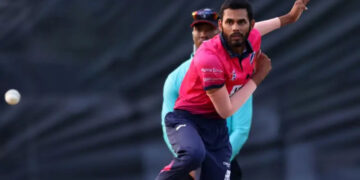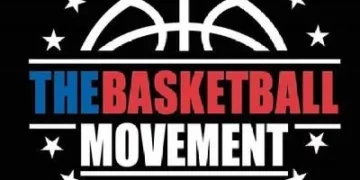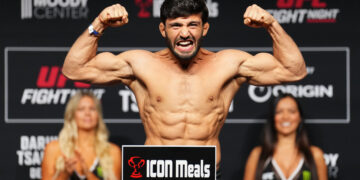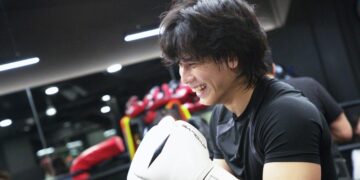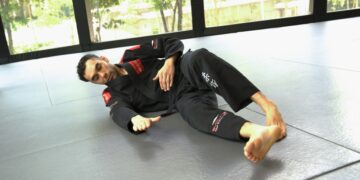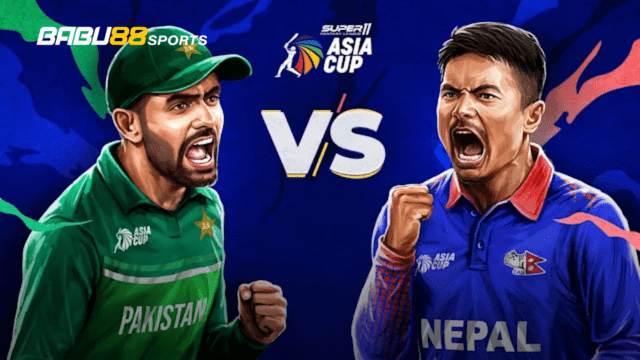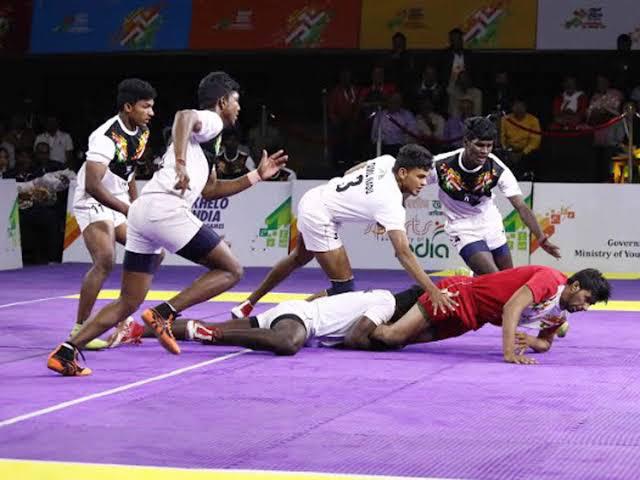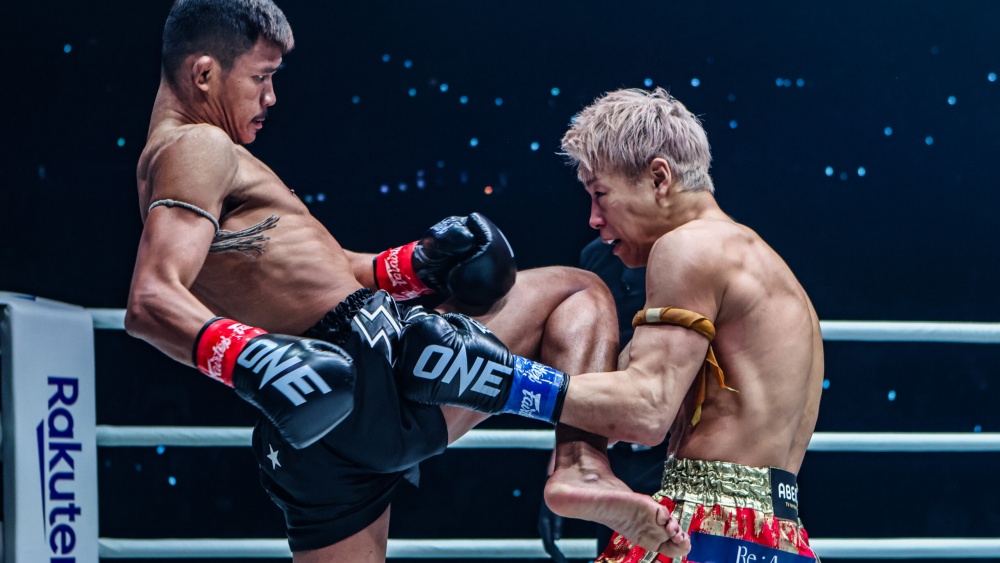
Kickboxing is one of the most dynamic and widely practiced combat sports in the world today. Known for its combination of powerful punches, sharp kicks, and fast footwork, it stands as a martial art that blends tradition with modern athleticism. Across the globe, including in places like Asia and Europe, where martial arts continue to grow in popularity, kickboxing has become both a competitive sport and a popular way to stay fit. To understand its global appeal, it is worth looking at how kickboxing began, how it developed over time, and why it continues to thrive in the modern era.
Early Influences And Roots
The roots of kickboxing can be traced back to the mid-20th century, when martial artists began to experiment with combining techniques from different disciplines. Traditional Karate, Western Boxing, and Muay Thai all played a role in shaping what would become modern kickboxing. Karate provided sharp linear strikes and discipline, while boxing contributed head movement, fluid combinations, and refined punching power. Muay Thai, with its use of elbows, knees, and clinching, influenced both technique and training intensity.
During the 1950s and 60s, Japanese martial artists in particular began testing their skills against Muay Thai fighters from Thailand. These cross-cultural competitions revealed both the strengths and limitations of each style. The outcome was the birth of a new form of full-contact combat that took the most effective aspects of each art. This marked the beginning of what the world would later call kickboxing.
The Birth Of Modern Kickboxing In Japan
By the 1960s, Japan became the official birthplace of kickboxing as a distinct sport. Promoters and martial arts gym owners worked to create a structured set of rules that combined Karate-style kicks with the allowance of full-contact punches, similar to those used in boxing. Matches often resembled Muay Thai bouts but without elbows or extended clinching, which gave kickboxing its own identity.
Television played an important role in popularizing kickboxing in Japan. Broadcast fights captured public interest and helped turn early athletes into household names. These fighters demonstrated an exciting new form of martial arts that balanced tradition with modern sport competition. As a result, kickboxing gained recognition not only in Japan but also across Asia, laying the foundation for international growth.
Kickboxing In The United States
Kickboxing reached the United States in the 1970s under the name “full contact karate.” American audiences were captivated by the idea of high-energy matches that allowed continuous striking with both fists and legs. The Professional Karate Association (PKA) became one of the first major organizations to regulate and promote this new style, hosting televised events that drew large crowds.
American kickboxing at that time leaned heavily on Karate and Taekwondo backgrounds, with many fighters adapting to the rules by improving their boxing skills. This era gave rise to champions who would inspire a new generation of martial artists. Beyond competition, the sport also helped spark the trend of cardio kickboxing in gyms, opening the door for kickboxing to become not only a combat sport but also a fitness movement.
European Kickboxing And The K-1 Era
While Japan and the U.S. played central roles in the birth of kickboxing, Europe soon made its mark as well. Dutch fighters in particular became known for their unique style that combined the conditioning of Muay Thai with the crisp combinations of Western Boxing. The Netherlands quickly developed into one of the strongest regions for kickboxing talent.
In the 1990s, the launch of K-1 in Japan established a global platform where fighters from around the world competed under standardized rules. K-1 events became the gold standard of kickboxing during this 1990s period, showcasing elite athletes who turned the sport into a true international spectacle. Legends such as Ernesto Hoost, Peter Aerts, and Remy Bonjasky dominated the ring and inspired countless young fighters. Their influence shaped the way modern kickboxing is taught and practiced, leaving a lasting impact on martial arts.
Kickboxing In The Modern Era (2020 – today)
Today, kickboxing continues to thrive through major organizations such as ONE Championship, the home of martial arts. Thailand and Japan have become hubs for world-class martial arts events, with ONE Championship hosting some of the biggest bouts in Asia that feature kickboxing alongside Muay Thai and MMA. These events not only entertain but also elevate the visibility of the sport on a global scale.
Kickboxing has also deeply influenced modern MMA. Striking systems in mixed martial arts often borrow from the precision and flow of kickboxing, allowing fighters to transition between punches, kicks, and defense with ease. At the same time, fitness-based kickboxing programs have exploded in popularity worldwide, appealing to people who want an engaging workout that builds strength, stamina, and coordination.
Final Thoughts
The history of kickboxing is a story of cultural exchange, innovation, and global passion for martial arts. From its early experiments in Japan to its explosive rise in the United States and Europe, the sport has always been defined by its adaptability. Today, kickboxing stands as both a respected competitive discipline and a powerful tool for fitness.
Whether in a packed arena in Tokyo, a training center in Amsterdam, or a martial arts gym in Singapore, kickboxing continues to inspire. Its evolution reflects the constant pursuit of improvement and the universal appeal of combat sports. The global rise of kickboxing proves that while styles may change and rules may adapt, the spirit of martial arts will always endure.
You may also like:
Kickboxing Vs. Muay Thai: Understanding The Differences (And Surprising Similarities)
The recent bullying incident at Sengkang Green Primary School in Singapore, where a Primary 3 student was persistently targeted for nearly six months and her mother later received chilling death threats, has cast a spotlight…
Many working adults chase success in their careers but often do so at the expense of their health and peace of mind. Stress, long hours, and unhealthy coping habits like late-night drinks, endless scrolling, or…
Congrats on your decision to give martial arts a try. Prepare to be in the best shape of your life, physically and mentally. The hardest thing you have to do now is figure out which…
Martial arts such as Muay Thai, Boxing, BJJ, MMA, and many more, can be a little intimidating when you’re an outsider. You’re standing outside a martial arts gym, peering in. Inside, people move with fluidity…
Finding “me time” often feels impossible for busy parents, who are juggling school drop-offs, conference calls, and family dinners. Prioritizing your health isn’t a luxury; it’s required for you to be the parent your kids…
Walk into a Muay Thai or Brazilian Jiu-Jitsu gym and you’ll find more than just fighters and fitness enthusiasts. You’ll find CEOs, actors, podcasters, founders, and high performers who’ve made martial arts a cornerstone of…
Muay Thai is often called the art of eight limbs because of its use of punches, kicks, elbows, and knees. But one of the most defining features of the sport is the clinch. For many…
Fitness in Singapore has always been shaped by the demands of a busy lifestyle. For many, working late hours or managing family commitments means that mornings and afternoons are rarely free for exercise. Over the…
Boxing fans around the world are buzzing about the long-awaited mega showdown between Terence Crawford and Canelo Álvarez. In the landscape of the pugilists and combat sports, few matchups carry the kind of intrigue this…
Walk into any BJJ academy and you’ll probably see a mix of fresh-faced twenty-somethings drilling berimbolos, competitive purple belts sweating through shark tank rounds, and somewhere in the corner, a guy in his 50s with…
For decades, running has been considered an essential part of a martial arts fighter’s training. From boxers pounding the pavement at dawn to Muay Thai athletes logging endless roadwork sessions in Thailand, running has long…
Some comebacks roar. And there are comebacks whispered, tempered with emotion, healing, and the weight of time. Stamp Fairtex, the Muay Thai Queen, falls into the latter. She’s not just fighting again, she’s reclaiming a…


